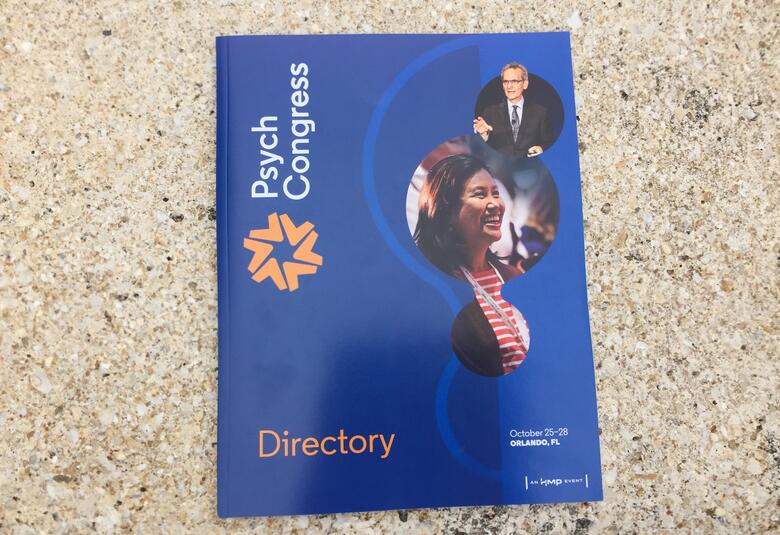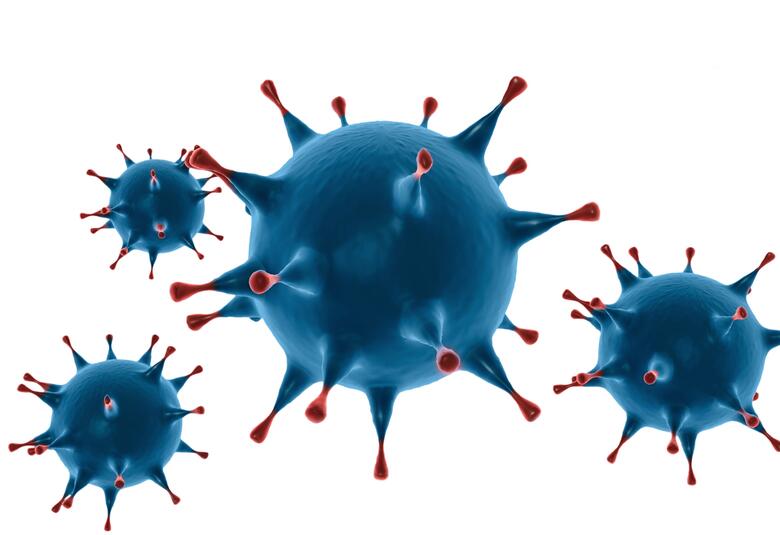Novel light and sensor technologies have been installed in a new acute psychiatric unit in Norway to help improving mental health outcomes, a large symposium audience heard at WCP 2019. Patients now experience blue-depleted evening light — to simulate darkness — and their sleep and respiration are monitored by using invisible radar. The effect of the blue light depletion on their duration of admission is being investigated, and the results could influence future hospital unit design.
The power of light
Light is the most powerful external cue of the body’s circadian system, including the melatonin clock responsible for sleep-wake patterns, said the speaker:
- light, for instance from electronic devices, at night, delays the circadian clock by suppressing and delaying the onset of melatonin secretion1
- early darkness in winter advances the onset of melatonin secretion2
Light influences cognitive and mood functions through intrinsically photosensitive retinal ganglion cells3
In addition, light influences cognitive and mood functions through intrinsically photosensitive retinal ganglion cells.3
The power of blue depleted light
Blue-depleted light decreases light-induced melatonin suppression and can be achieved by:
- blue light-blocking glasses4
- melting a blue-blocking filter over lamps5
- blue-depleted light-emitting diode (LED) lights6
Blue-depleted light decreases light-induced melatonin suppression
Blue-depleted light strategies have been tested and translated successfully into psychiatric practice on a small scale,7 while an RCT has shown that blue light-blocking glasses are effective and feasible as add-on treatment for bipolar mania.8
Can blue-depleted light strategies decrease duration of psychiatric hospitalization?
Disrupted sleep-wake patterns are experienced by psychiatric inpatients and have been associated with increased duration of hospitalization,9 said the speaker.
Providing a blue-light blocking environment in the evening in the hospital might improve sleep-wake patterns and decrease the duration of hospitalization, said the speaker.
Stabilizing sleep patterns might decrease duration of hospitalization
However, it is difficult to interfere with hospital infrastructure unless there is an opportunity to do so as the hospital is built, which is the situation the speaker and his colleagues were provided with in Norway.
They devised a protocol to test whether an evening blue-depleted light hospital environment (“virtual darkness”) produced using tunable LED light technology would:
- affect circadian rhythms, sleep and arousal
- improve treatment outcomes
- be acceptable for patients and staff
In addition, a pilot study was carried out to confirm that; that invisible ultra-wide band radar technology was an affordable and practical tool for providing objective real-time sleep and respiratory data without disturbing the patients.10
A subsequent proof-of-concept study confirmed that:
- the blue light-depleted environment led to 15% suppression of melatonin levels (as if in darkness)
- the normal light environment led to 45% suppression of melatonin levels
In addition, the blue-light depleted environment was associated with longer total sleep time and more rapid eye movement sleep.
An ongoing two-arm pragmatic effectiveness RCT aims to enroll 400 individuals to determine the effect of blue light depletion on their duration of admission, sleep, symptoms, functioning, medication use, and any adverse events.11
Our correspondent’s highlights from the symposium are meant as a fair representation of the scientific content presented. The views and opinions expressed on this page do not necessarily reflect those of Lundbeck.




